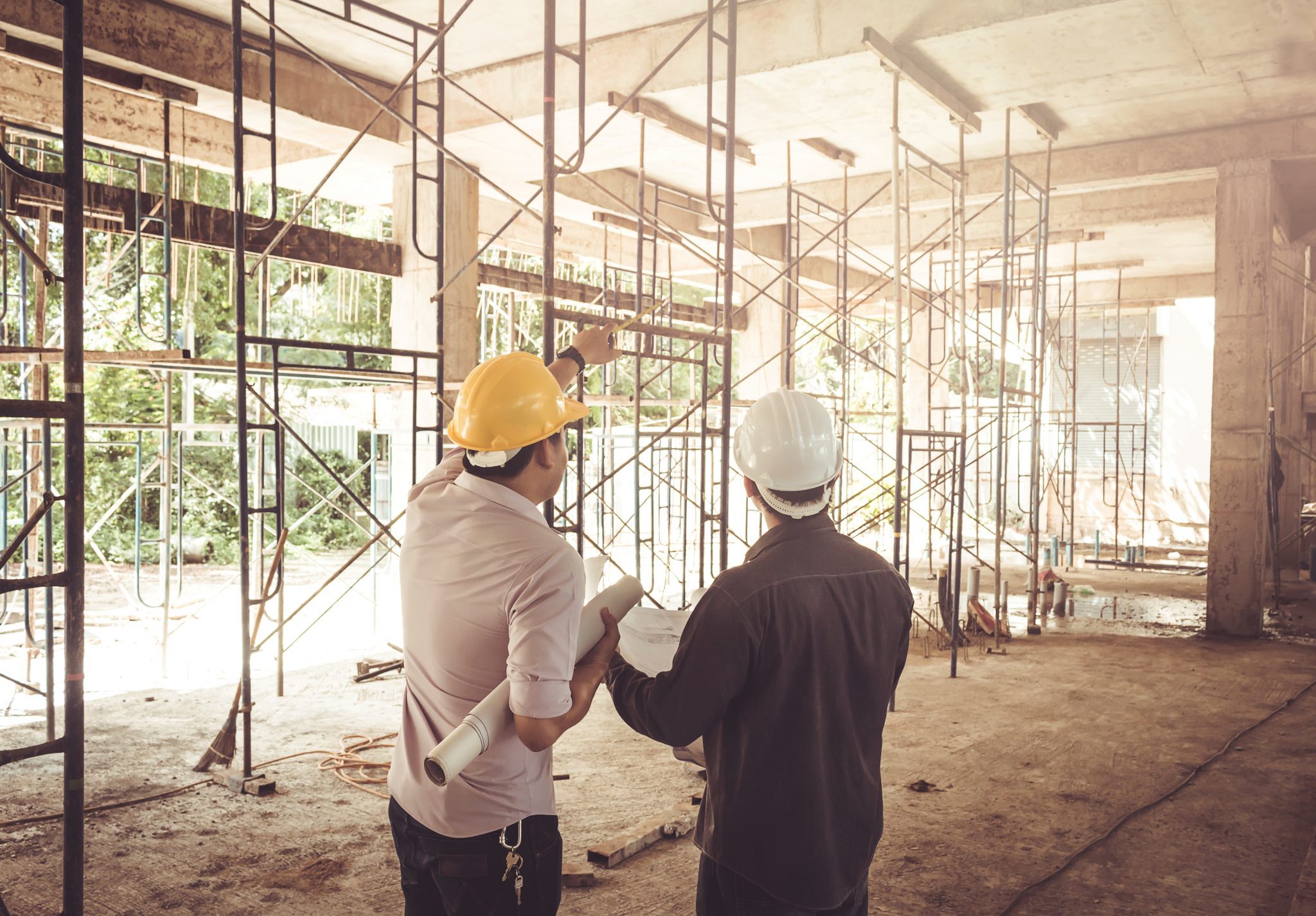Is your auto dealership in need of some updating? Are you worried about the potential loss of time and money if you need to close for construction? You’re not the only one. When running an auto dealership, a phased construction program is in your best interest to keep selling cars while containerizing disruption to your daily business operations. Instead of looking at a renovation as one large project, the concept of phased construction splits the process into smaller jobs. Each phase of construction is planned in the most timely and economically sensible way for both the auto general contractor and the dealership.
Convenience of Phased Construction for Auto
In an auto dealership, there are three main aspects: the showroom, the service center, and the lot. It’s rare for any business to have the means to shut down entirely while construction and/or renovations are necessary to update or expand properties. For this reason, the overall goal of phased construction is to keep the client’s operations in order, while one project at a time is followed through.
No matter what the situation, the commercial contractor will develop an intricate plan for the process of construction to ensure everything is done in an orderly fashion with all possible mistakes avoided. This is one of the biggest benefits of phased construction; you won’t find out that the underground pipes lying beneath the newly paved lot need to be rerouted. Since everything is done in parts, thorough evaluations are made to configure what gets fixed first.
More reasons to consider this approach:
- It works as a payment plan. If you can’t afford to renovate everything right away, the idea of small projects over a long period of time is appealing—pay as you go.
- Smaller projects require smaller teams, which is also economically beneficial.
- Smaller projects can be managed to avoid surprise disruptions to your business.
- Phased construction, if managed well, should help to reduce a negative customer experience. A well-planned ‘remodeling to serve you better’ campaign may be a sales positive.
- Extensive planning required for phased construction lowers chances of expensive oversights (in both time and money).
- You have time to experiment with designs.
Potential Drawbacks of Phased Construction
Of course, there are always a few disadvantages. Phased construction demands for much more in-depth planning, and possibly a more creative design, which may take longer to execute. As construction projects are time sensitive, the price may rise in comparison to a single-phased project. Also, since some aspects of the project are planned for months—sometimes years—in the future, it can be difficult for contractors to pin down a cost estimate. However, as tedious or costly as it may be, these potential drawbacks later bear the fruit in the form of a successful outcome.
Best Time for Phased Construction
In single-phase construction projects, plans that are created amongst architects, designers, and general contractors assume everything will be worked on in one consistent stage. Be that as it may, if a building needs to remain operational amid the development, it will become evident, especially when hiring the general contractor significantly later in the process, that phasing will be vital. When collaborating with architects, engineers, and others from the client’s team, we work to measure the potential conflict with upcoming or existing structural components, utility infrastructure, and public and trade ingress/egress. Realistic space and site planning – even structure siting that suits staging – is a key early component of an efficient phased result. Our goal is to discover space-design arrangements that cooperate to guarantee the property stays working, secure, safe, and clean.








